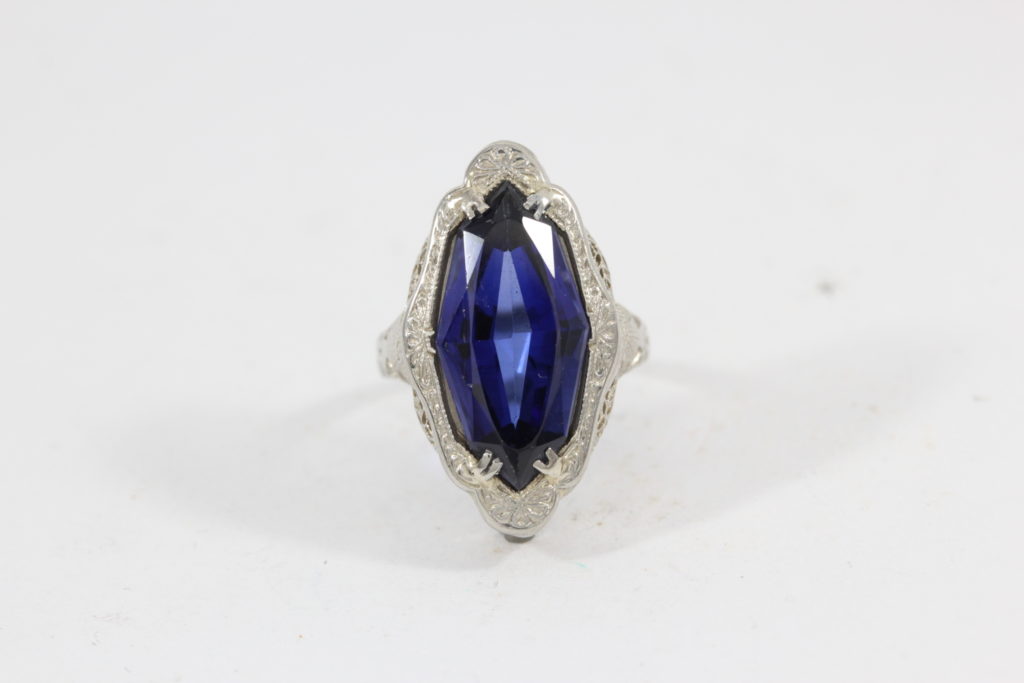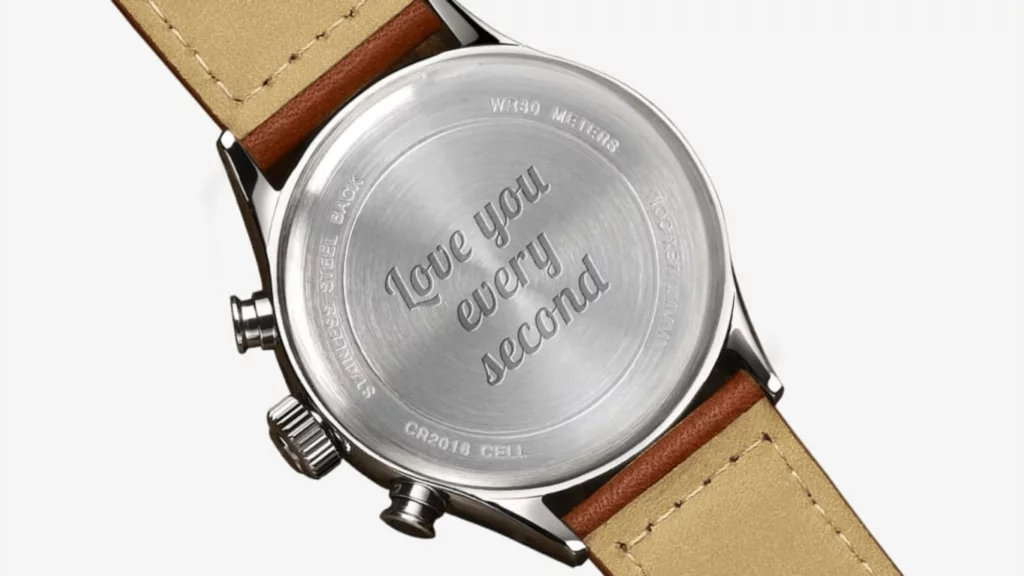How to Make Sure You Have Responsible and Sustainable Jewelry
Written by Annabelle
March 31, 2020

Whether you’re looking to create, buy, or sell jewelry, there’s no doubt that having a responsible and sustainable item is important. But how can you ensure you have responsible and sustainable jewelry? We’re here to answer those questions.
What Defines Social Responsibility and Sustainability in the Jewelry Industry?
Social responsibility indicates that the item was derived from a source or method that did not harm or negatively impact the community or people involved with its procurement. As an example, diamonds from certain African countries are controversial because they’re mined using child labor in dangerous conditions, and fuel local warfare. These stones are not considered socially responsible.
Sustainability refers to the impact on the environment. Mining methods can cause extensive damage to the area, by affecting groundwater and soil and causing pollution. A sustainably sourced item would be procured and created via an eco-friendly method.
So what materials and certifications should you look for when you’re creating or buying jewelry? We’ve got a quick list for you below.
5 Responsible and Sustainable Jewelry Components
1. Conflict-Free Natural Diamonds
The majority of these diamonds are sourced from various locations via the Kimberly Process, a method that is designed to prevent profit from sale to benefit rebel or terrorist groups. However, these Kimberly process sourced stones are not always 100% sustainably procured. For extra social responsibility and sustainability, as well as better quality, consider Canadian-mined diamonds. Each company in Canada must measure the mining impact on the surrounding area before proceeding with operations, and the process involves supporting local Aboriginal communities by giving them fair employment opportunities.

A loose diamond.
2. Lab-Created Diamonds
If you’re queasy at the very idea of mined diamonds, consider getting a lab-created one. A common misconception about these stones is that they’re not “real” diamonds because they’re man-made, but lab-created diamonds are chemically the same as natural diamonds. Using a variety of processes and techniques, scientists crush carbon at the same amount of pressure that creates diamonds in nature. These lab-created diamonds have no issues attached to them, and are even more affordable in nature. They’re also graded the same way as natural diamonds, so you can purchase a higher quality diamond at a lower cost!

A ring with a lab-created diamond as the center stone
3. Synthetic Gems
Diamonds are not the only stone with ties to bad labor practices and environmental damage. The process for sourcing colored stones is even murkier and less regulated, as different colored stones are found in different locations all over the world. To avoid any ethical issues, consider synthetic gemstones. Much like lab-created diamonds, these gems are man-made but share the same chemical structure as natural ones. Better yet, they’re mostly flawless and extremely affordable, making them a fan favorite of designers.

These synthetic rubies have a bright and vivid color that would be expensive to purchase if natural.
4. Recycled Metal
Gold mining can be dangerous and unethical, so recycled gold is a great way to avoid that issue. Recycled gold is basically refined gold, taken from old pieces of jewelry that have been melted down and treated. Gold scrapping accounts for 28% of global gold supply, and by continuously melting and refining existing gold in the industry, harmful practices are kept to a minimum.

A gold ring before and after sizing and polishing.
5. Heirloom Settings
Along the same lines of recycled metal, if you’re looking to purchase or create something custom you don’t necessarily have to start from scratch. Consider purchasing a vintage or antique item and then modifying it as you see fit. This will keep costs down and make use of metal and gemstones that are already in circulation on the market, instead of creating a whole new demand for materials.

A client's family heirloom, before and after conversion into a necklace.
Now you’re all set on how to make and purchase responsible and sustainable jewelry! Every little bit counts, and in today’s world we have the power to do the right thing as sellers and consumers. If you’re looking for some of these components, comment below and we’ll get in touch with you!


